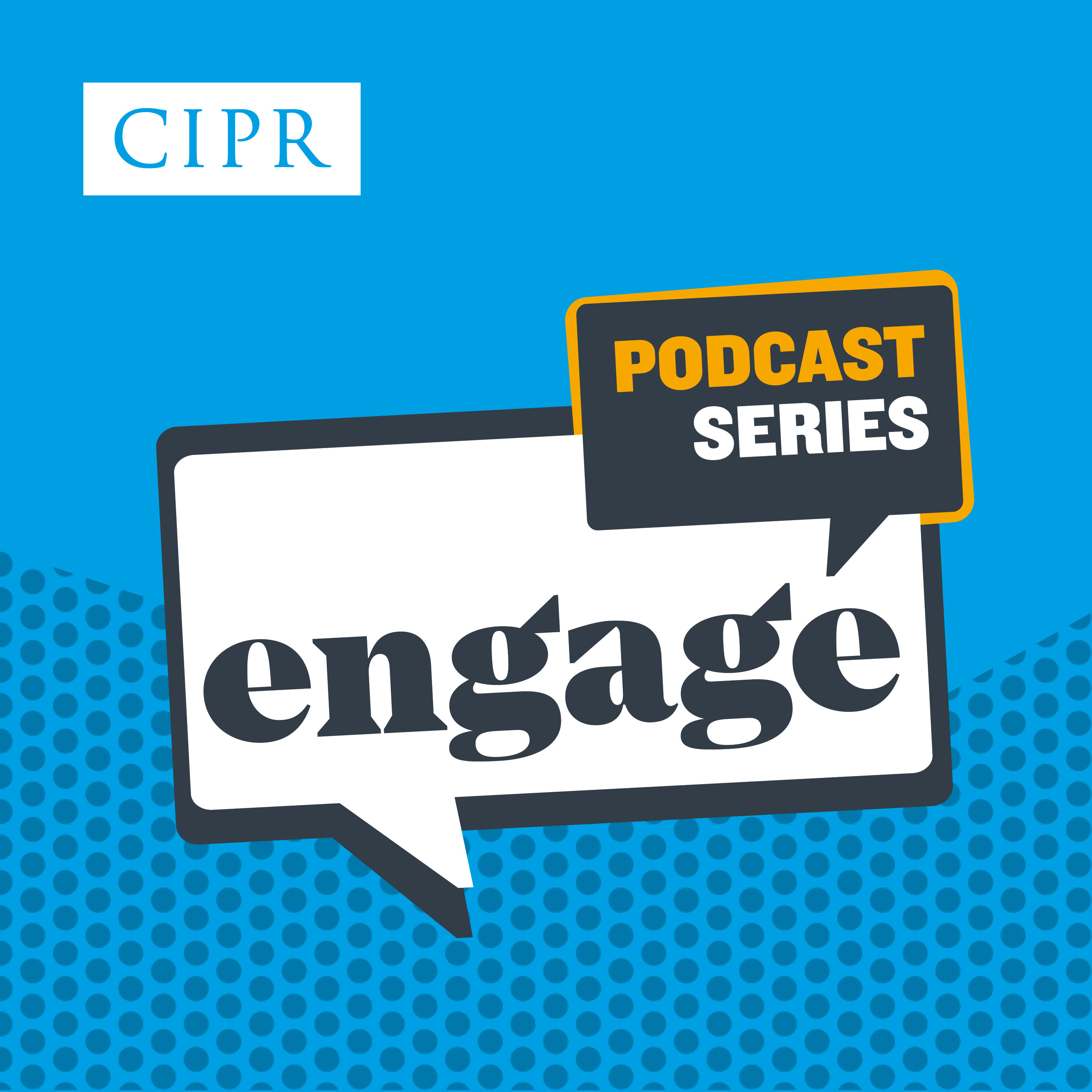
Bite Size Comms
Bite Size Comms is a weekly podcast that will give you a perspective on an aspect of public relations and communications practice. Bite size as they are short opinion pieces on topical issues. The episodes are sometimes contentious, sometimes funny, and they all aim to provoke thought.
Thanks for listening.
Bite Size Comms
Excellence
We look at the Typology of PR and the Excellence Theory from 30 years ago, and determine if they are still important to public relations practice.
Excellence
Back in the day, 15 years ago, when I completed the CIPR Diploma qualification, the theory everyone cited was the Grunig and Hunt typology of public relations - or what was more commonly referred to as the ‘four models of PR’. The 1984 typology makes sense as a means to categorise different approaches to PR:
- Press agentry model: one-way communication to purely gain publicity without any research
- Public information model: one-way dissemination of factual information
- Two-way asymmetrical model: persuasive messages based on research that prioritise organisational goals
- Two-way symmetrical model: promoting dialogue and mutual understanding, the most ethical approach held by the authors as excellence that organisations should aspire to.
I was sceptical because this model appeared to mitigate constant consultation rather than action—my bugbear working at the FCO! Each model would be the correct approach for an organisation in different circumstances. Plus, there are far more examples of two-way asymmetrical PR than symmetrical PR. Fifteen years later, I’m revising my scepticism. Listen on!
The typology informed a team of researchers, comprising James Grunig, his wife Larissa Grunig, David Dozier, Jon White (a friend of mine) and Fred Repper, who conducted a 15-year extensive study (yes, let that sink in: 15 years) of best practice in communication management. This was known as the Excellence Theory. The research established that public relations creates value for organisations by:
- reducing costs associated with litigation, regulation, legislation and negative publicity stemming from poor relationships
- reducing risks in decision-making processes that affect various stakeholders
- increasing revenue by providing products and services needed by stakeholders.
How?
The study identified four foundations that formed effective - excellent - public relations. Firstly, PR must be established and empowered as a critical management function, reporting directly to senior management. Secondly, PR practitioners should play both a strategic management and a tactical role in an organisation. Thirdly, PR should be a separate management function, not subordinated to marketing, as PR tends to be entirely tactical when under marketing. Fourthly, excellence is based on internal and external communication using the two-way symmetrical model. For external communication it is about listening to feedback. For internal communication it was about increasing employee satisfaction with their jobs and the organisations they worked for. The study found that effective internal communication only occurred in organisations with a participative rather than an authoritarian culture. The study also found that organisations with excellent public relations valued women as much as men for strategic roles and developed programmes to empower women.
Three decades later, we are still discussing the issues that the Excellence Theory established as a benchmark. Although there is still much to do, there has also been a positive shift. For example, 89% of Fortune 500 companies now include PR in the C-suite decision-making, compared to 32% in 1990.
Why am I talking about a theory from the end of the last century? There are three points that I would be glad that you consider.
Firstly, the value academic study in liaison with practice (Jon and Fred in the Excellence Theory are both PR practitioners) can bring.
Secondly, the value of studying the theories that underpin our work as practitioners. When I studied for the CIPR Diploma 15 years ago, I had been working in comms for 10 years. Reflecting on what I did and against that, analysing relevant theories and models, was an enormous benefit. Get qualified!
Thirdly, the ideas first promoted in the Excellence Theory are returning to our evolved, chaotic world. Just from a contemporary perspective. Neville Hobson’s article on LinkedIn earlier this week entitled ‘What is PR really for? A call to rethink its role in society’, makes a strong case for rethinking the fundamentals of public relations. A good read. Then, the CIPR-sponsored report ‘The missing women study’ from earlier this month highlights that nearly two-thirds of women working in PR have experienced gender-based discrimination or harassment.
There is still much to do.
[Image of author’s PR books]





